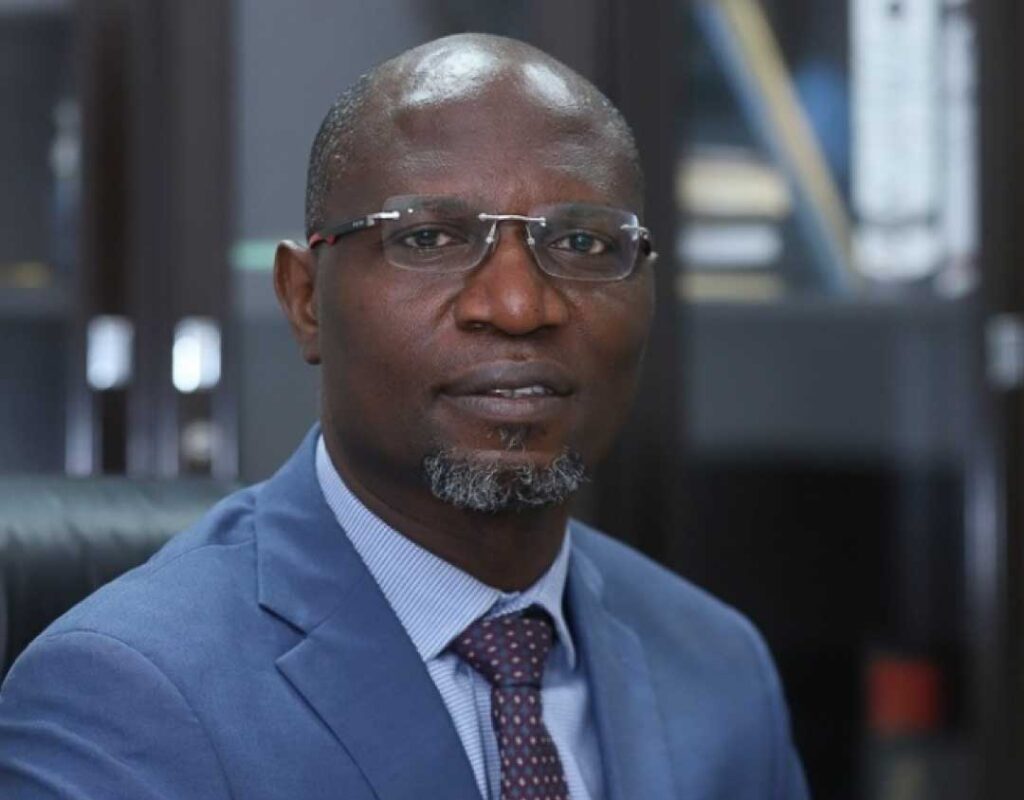Seplat Energy Plc has unveiled a five-year targets aimed at transforming it into Africa’s leading independent energy producer, including plans to grow production by 50 per cent to about 200,000 barrels of oil equivalent per day (kboepd) and generate cumulative cashflow from operations of up to $6bn by 2030.
The company also launched a new dividend policy that aims to return as much as $1bn to shareholders over the same period.
Announcing the plans at its Capital Markets Day (CMD), the dual-listed Nigerian energy company said the fresh strategy builds on the successful integration of Mobil Producing Nigeria Unlimited (now Seplat Energy Producing Nigeria Unlimited, SEPNU), which it acquired in December 2024.
The company told investors that the roadmap marks a pivotal shift to accelerate production, strengthen cashflows, and enhance shareholder returns.
According to the CMD presentation, Seplat is targeting working interest production of around 200kboepd by 2030, up from current levels of about 133kboepd reported for the first half of 2025 — representing a 50 per cent increase.
The company also expects to generate between $5bn and $6bn in cumulative operating cashflow over the five-year period from 2026 to 2030, more than double the $2bn generated between 2020 and 2024.
To deliver on these targets, Seplat plans to invest between $2.5bn and $3bn in capital expenditure over the period, representing around half of its operating cashflow.
This will include drilling between 120 and 150 new wells and sanctioning up to three new gas projects, while driving down operating costs to $10 per barrel of oil equivalent (boe) from $12.5/boe recorded in the first half of 2025.
The company said it would maintain a net leverage ratio of 0.5x to 1.5x throughout the cycle, based on a base-case oil price assumption of $65 per barrel and provided oil prices remain above $50 per barrel.
In a major shift in its capital allocation framework, Seplat announced a new dividend policy committing to return between 40 per cent and 50 per cent of free cashflow to shareholders between 2026 and 2030.
On its base case projections, this would amount to about $1bn in cumulative dividends over the five years.
The company has also set a floor of at least $120m in annual dividends — equivalent to 20 cents per share, or 5 cents per quarter — as long as Brent crude averages above $50 per barrel. As an immediate signal of the enhanced shareholder returns, Seplat said it will raise its third quarter 2025 dividend by about 10 per cent to 5 cents per share.
Seplat noted that the new dividend commitment will remain intact even if it proceeds with a potential sale of a 10 per cent interest in the NNPC/SEPNU joint venture to its partner, the Nigerian National Petroleum Company Limited (NNPC). If concluded, NNPC’s stake would rise to 70 per cent while Seplat would retain 30 per cent and operatorship of the assets.
Seplat also published an updated Competent Person’s Report (CPR) prepared by Ryder Scott Company L.P., which confirmed substantial increases in the reserves and resources of the offshore assets acquired in the MPNU transaction.
The report shows 2P reserves rising by 40 per cent from 394.6 million barrels of oil equivalent (MMboe) to 551.7 MMboe, and 2C resources surging by 378 per cent from 246.6 MMboe to 1,178.2 MMboe. Combined 2P and 2C reserves and resources for the offshore assets have grown 170 per cent from 641.3 MMboe to 1,729.9 MMboe.
For the group as a whole, 2P reserves are now 1,043.2 MMboe, up 18 per cent from 886.2 MMboe, while 2C resources have jumped 282 per cent to 1,262 MMboe, bringing total 2P+2C reserves and resources to 2,305.2 MMboe — nearly double the 1,216.5 MMboe recorded at end-2024.
Seplat’s Chief Executive Officer, Roger Brown, said the company is positioning itself as a key driver of Nigeria’s energy security and economic growth.
“Over the past decade we have built a track record of value creation, growing reserves and production nearly fourfold since our 2014 IPO while returning over $700m to shareholders,” Brown said. “Today, we set out our roadmap to 2030, which will see us materially grow production and cashflow to drive significantly enhanced shareholder returns.”
Brown described Nigeria as “a land of opportunity with a young and fast-growing population and one of the world’s premier hydrocarbon provinces,” stressing that Seplat’s strong reserves base and operational capabilities will underpin long-term growth.




